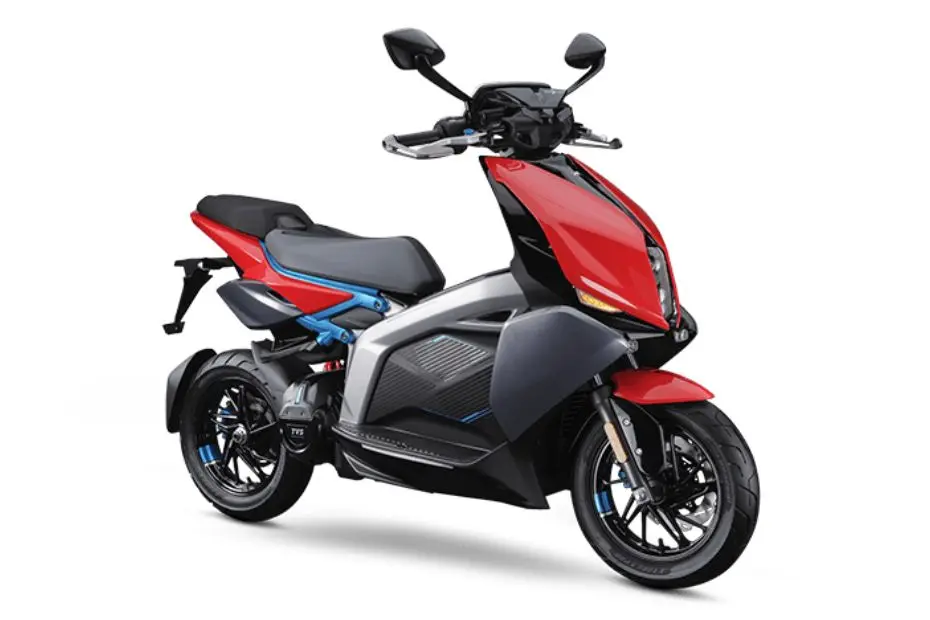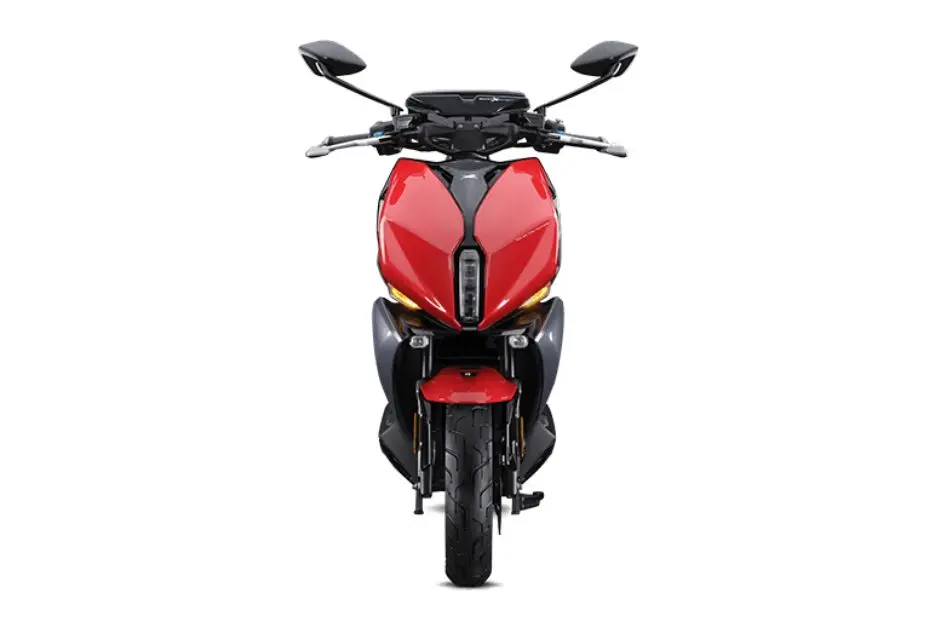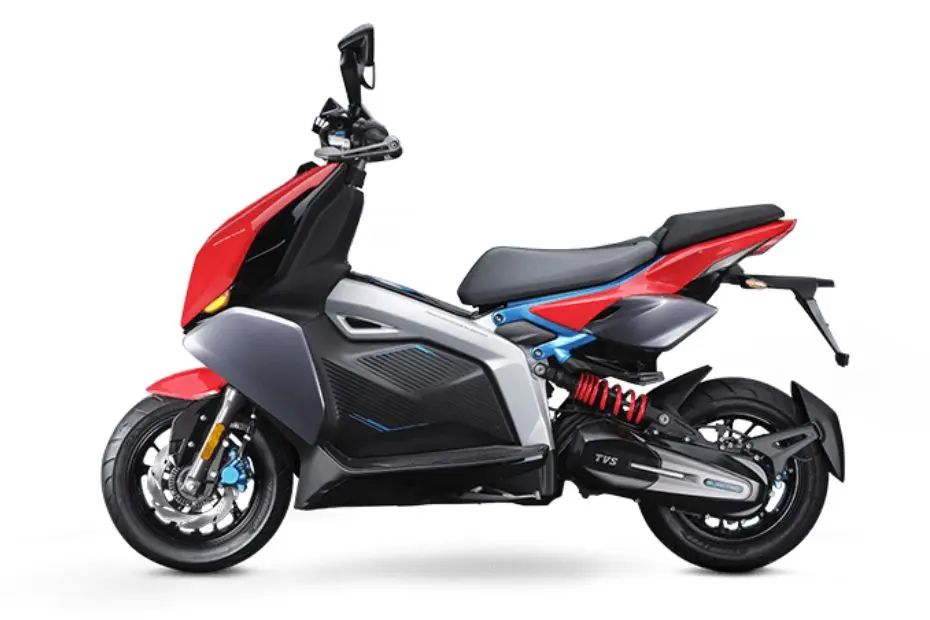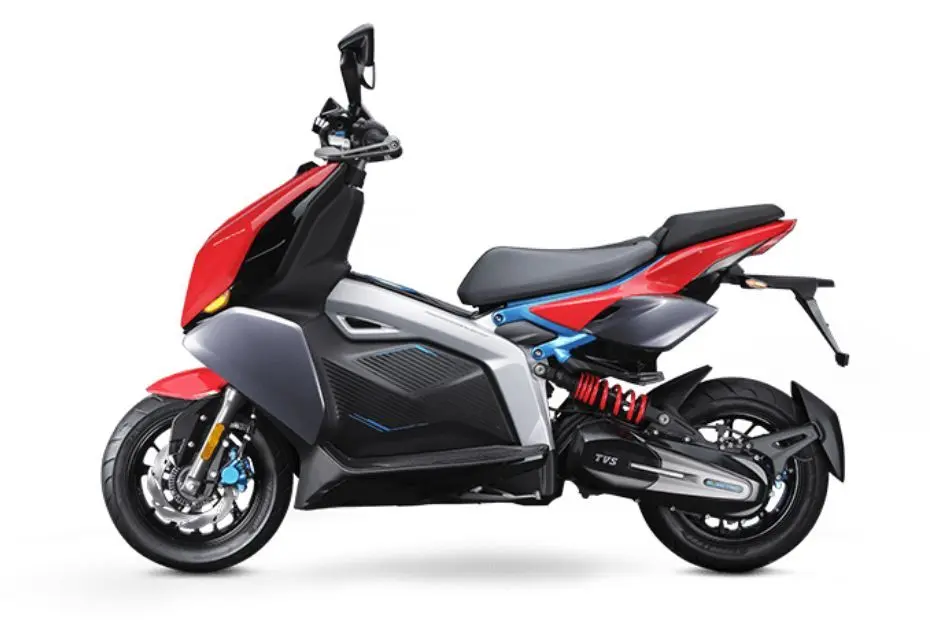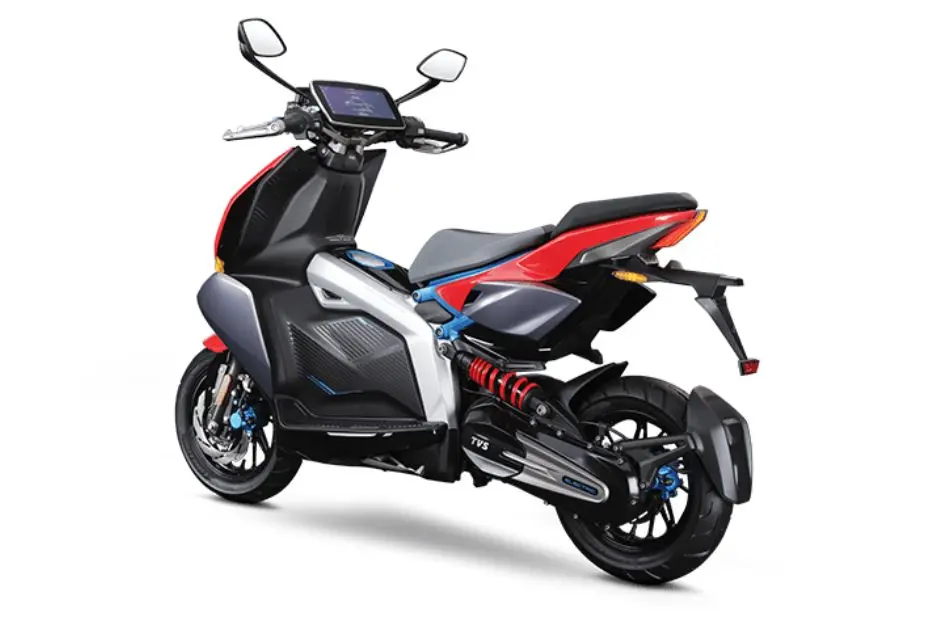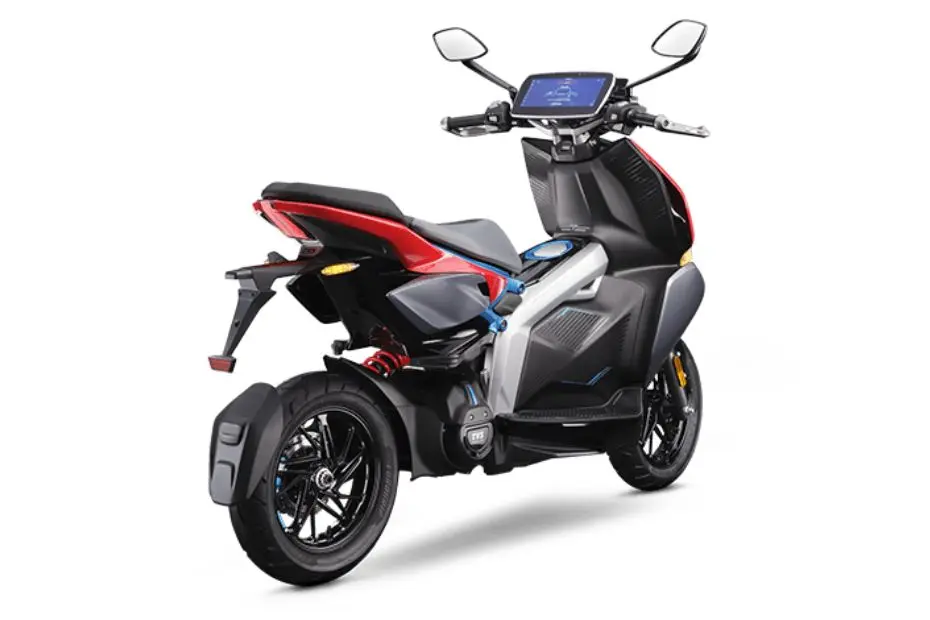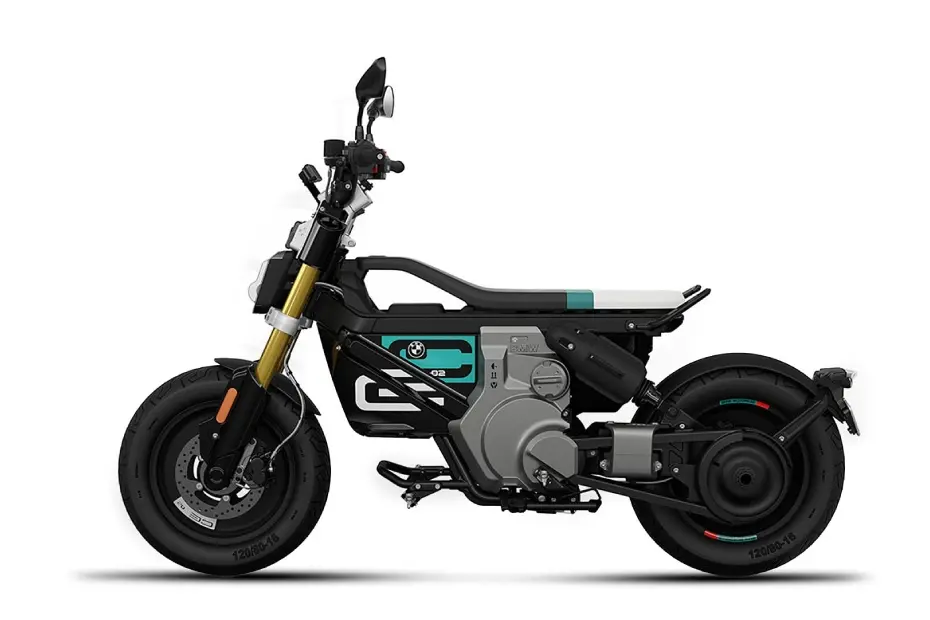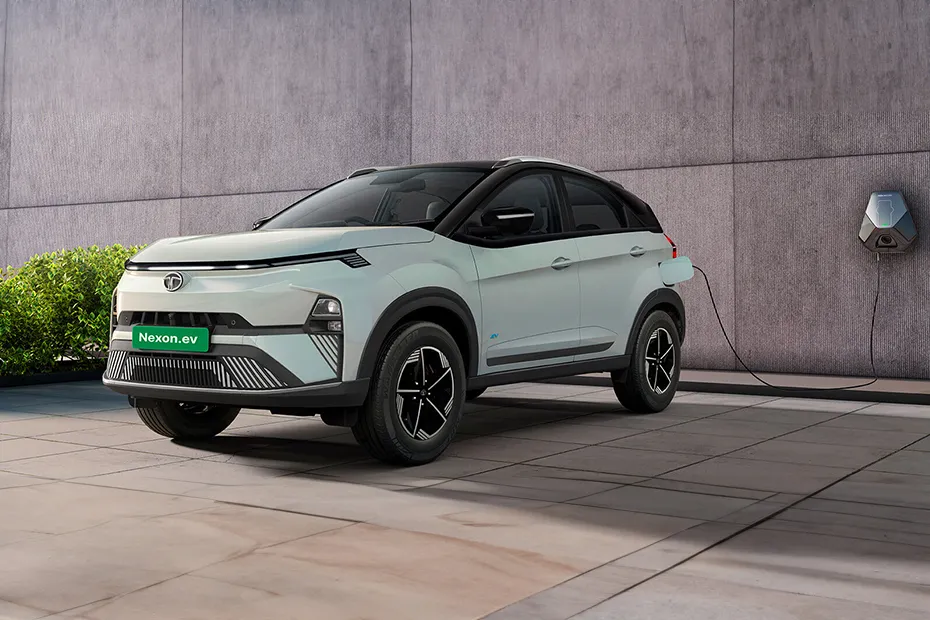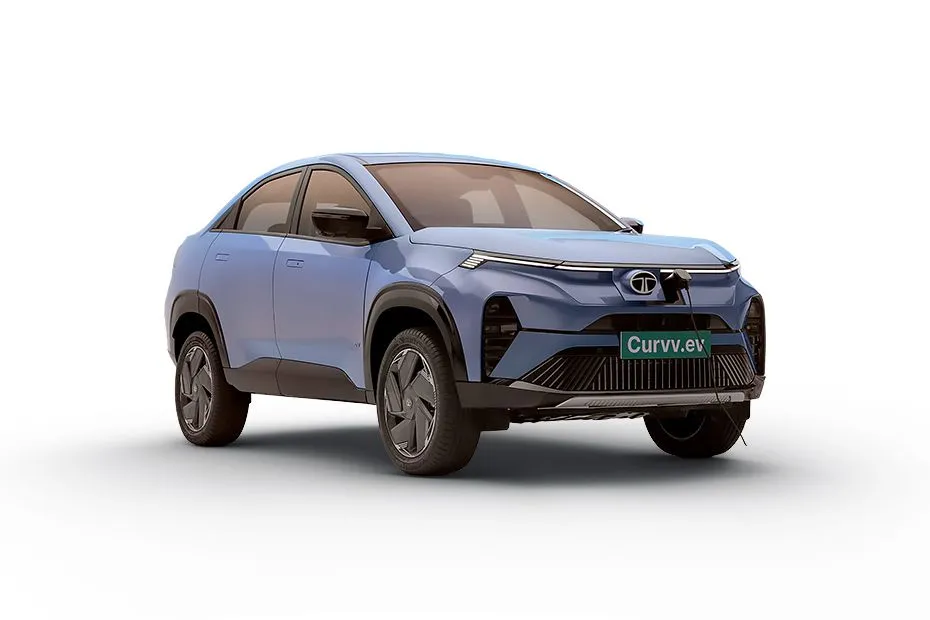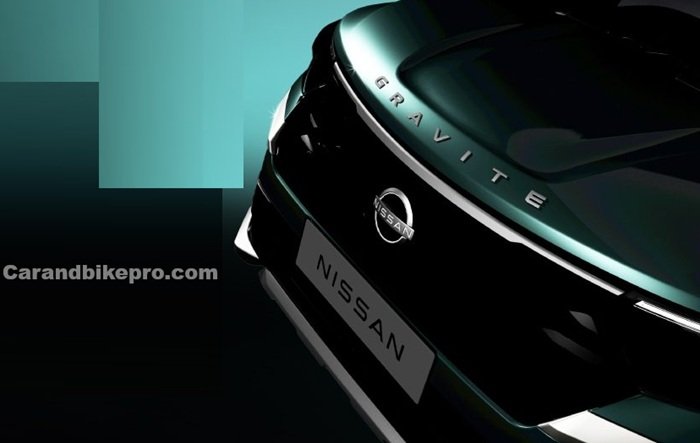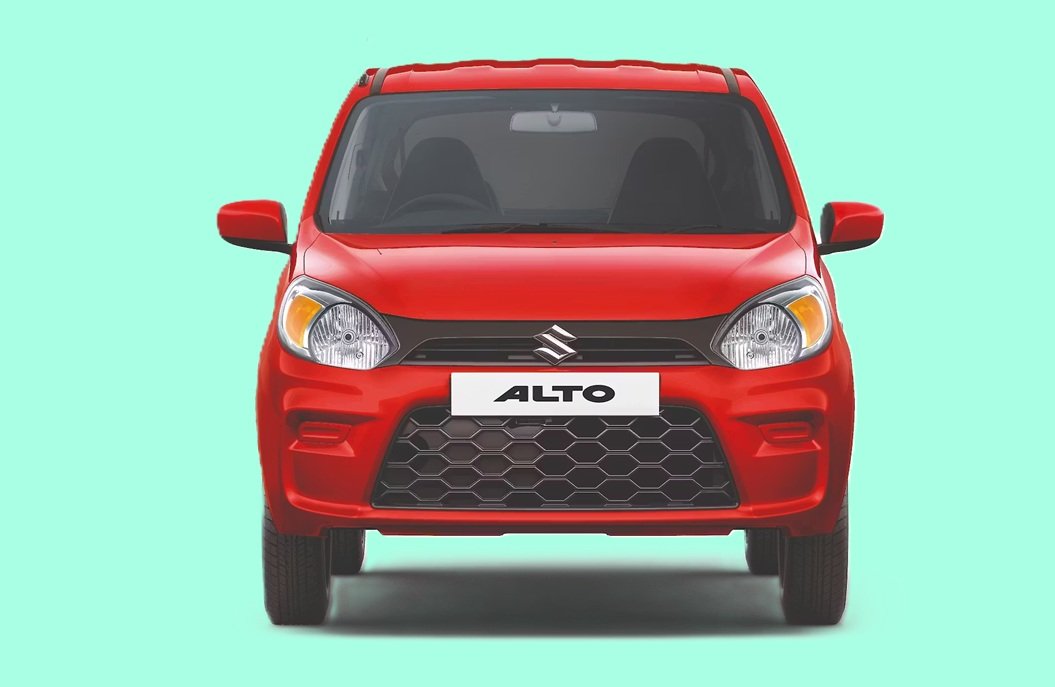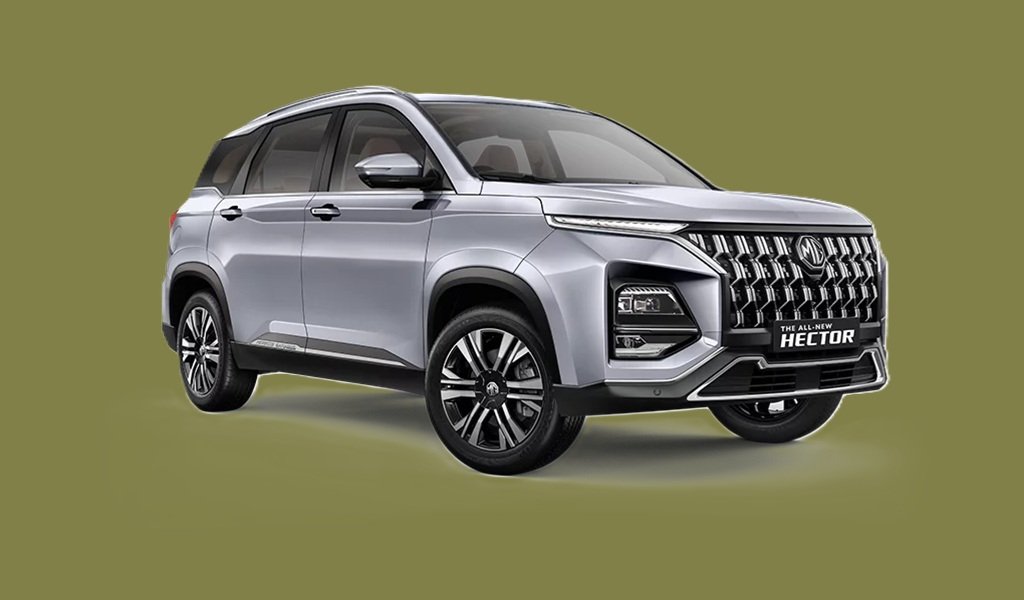MG Hector Plus 2025 A Premium Three-Row SUV Offering Space, Comfort
The MG Hector Plus has carved a strong identity in India’s three-row SUV space by offering a blend of premium comfort, advanced technology, and impressive road presence. With the MG Hector Plus 2025, the brand continues to build on these strengths, refining the overall experience to better suit evolving family needs. Positioned as a more versatile and spacious alternative to the standard Hector, the Hector Plus remains focused on delivering comfort, convenience, and confidence for long journeys and daily use alike.
Bold and Familiar Design with Subtle Refinements
The MG Hector Plus 2025 retains its commanding design language while introducing subtle refinements that keep it fresh. The large chrome-dominated front grille continues to be a defining feature, instantly giving the SUV a strong and premium appearance. Sleek LED daytime running lights sit above the main headlamp units, creating a modern and layered front profile.
From the side, the Hector Plus appears long and imposing, emphasizing its three-row layout. Chrome window surrounds, strong character lines, and large alloy wheels enhance its upscale appeal. At the rear, connected LED tail lamps and a revised bumper design add a contemporary touch while maintaining visual continuity with the rest of the MG lineup.
Overall, the design strikes a balance between boldness and elegance, ensuring the Hector Plus stands out without appearing overly aggressive.
A Cabin Built for Comfort and Space MG Hector Plus 2025
Step inside the MG Hector Plus 2025, and the focus on passenger comfort becomes immediately apparent. The cabin feels spacious and well-appointed, with a layout designed to accommodate families comfortably. Premium materials, soft-touch surfaces, and carefully chosen color schemes contribute to a refined and welcoming atmosphere.

The three-row seating configuration offers flexibility, with options for both six- and seven-seat layouts. The second-row captain seats in the six-seater variant provide an added sense of luxury, offering individual armrests and enhanced comfort for long journeys. The bench seat option caters to larger families, allowing for maximum passenger capacity.
The third row is best suited for children or short trips, but thoughtful design ensures it remains usable for adults when required. Large windows and effective air-conditioning vents help maintain comfort across all rows.
Versatile Seating and Practical Storage
Practicality is a key strength of the Hector Plus 2025. The seats can be folded in multiple configurations, allowing owners to prioritize passenger space or cargo capacity depending on their needs. With the third row folded, the boot becomes spacious enough for family luggage, while folding the second row creates a flat load area for transporting larger items.
Numerous storage compartments throughout the cabin enhance everyday usability. Door pockets, cup holders, center console storage, and additional spaces for small items ensure the interior remains clutter-free even on long trips.
Technology That Enhances Every Drive MG Hector Plus 2025
The MG Hector Plus 2025 continues MG’s focus on technology-driven experiences. A large touchscreen infotainment system dominates the dashboard, offering smooth operation and a user-friendly interface. Smartphone connectivity, voice commands, and connected car features ensure the SUV remains in sync with modern digital lifestyles.
The digital instrument cluster provides clear and customizable information, helping drivers stay informed without distraction. Features such as navigation support, real-time vehicle data, and over-the-air updates add to the sense of a smart, future-ready SUV.
Comfort and convenience features include automatic climate control, rear AC vents for all rows, wireless charging, and multiple USB charging points. These additions ensure that every passenger enjoys a comfortable and connected journey.
Smooth Performance for Everyday and Highway Use
On the road, the MG Hector Plus 2025 is designed to deliver a relaxed and composed driving experience. The engine options are tuned for smooth power delivery rather than aggressive performance, making the SUV easy to drive in city traffic and stable on highways.
Acceleration is gradual and predictable, allowing drivers to handle the vehicle’s size with confidence. The suspension setup is calibrated to absorb road imperfections effectively, ensuring passengers remain comfortable even on uneven surfaces. At highway speeds, the Hector Plus feels planted and stable, encouraging stress-free long-distance travel.
The steering is light and responsive, making urban driving and parking easier despite the SUV’s large dimensions.
Safety That Inspires Confidence MG Hector Plus 2025
Safety is a major focus area for the MG Hector Plus 2025. The SUV comes equipped with a robust structure and a comprehensive set of safety features designed to protect occupants across all rows. Multiple airbags, electronic stability control, hill-hold assist, and traction systems contribute to overall safety and control.
Advanced driver assistance features further enhance safety by helping drivers anticipate and respond to potential hazards. These systems work quietly in the background, adding an extra layer of reassurance without interfering with the driving experience.
Ownership Experience and Value Proposition MG Hector Plus 2025
The MG Hector Plus 2025 offers a compelling ownership proposition for families seeking a premium three-row SUV. Its fuel efficiency is competitive for its size, helping manage running costs over time. The focus on comfort, technology, and safety ensures the SUV remains relevant in a highly competitive segment. MG’s emphasis on customer support and warranty options further strengthens the appeal of the Hector Plus, making it a practical and reassuring choice for long-term ownership.
See also this: Maruti Ertiga 2025 The Trusted Family MPV That Smarter and More Comfortable
Final Verdict
The MG Hector Plus 2025 stays true to its identity as a spacious, feature-rich, and family-friendly SUV. By refining its design, enhancing technology, and maintaining a strong focus on comfort, MG delivers a vehicle that meets the needs of modern Indian families.
For buyers looking for a premium three-row SUV that prioritizes space, convenience, and a relaxed driving experience, the MG Hector Plus 2025 continues to stand out as a confident and well-rounded choice.
Price in India MG Hector Plus 2025 (Ex-Showroom)
Price Starting From Rs 17.50 Lakh To Rs 24.00 Lakh Ex Showroom.

